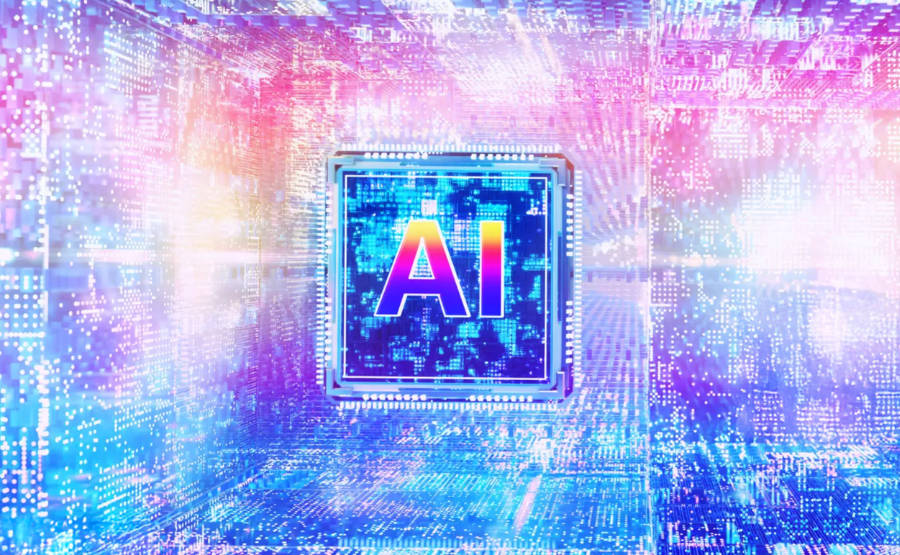Victor Coimbra has been recognized in the Forbes Under 30 Brazil list for his outstanding contributions to AI innovation. Raised on the outskirts of Rio de Janeiro, he overcame significant social and economic barriers to co-found Artefact’s Latin American operations, which now serve as a global tech hub with 200 employees. He brings deep expertise in scaling AI solutions and building high-performance tech teams across international markets.
Introduction
For a long time, technology has been trying to be accessible beyond those who know how to code. This process has slowly evolved, from low-level programming languages that are very hard to understand such as assembly to more “high-level” ones that are much more similar to natural language, such as Python. Now, we are breaking the barrier to maybe reach a full “natural language” process of coding. Tools like Cursor AI already have a market cap of $100M dollars, and the term “vibe coding” is getting more and more popularized.
Of course, this is on the extreme hype spectrum, and I do not believe it will fully replace experienced Software or Data Engineers. But that’s not the point – we don’t need to replace those roles. In the end, many business needs aren’t that complex; often a good well-built Excel spreadsheet can do the job. That’s where the value lives: we’ve unlocked the ability for business teams to prototype products extremely fast, whether it’s a new feature in their CRM process or a form to capture value somewhere in the supply chain.
Business teams will be able to create their own “hyper personalized” software that goes beyond current Excel spreadsheets, relieving the huge demand overload from IT & Tech developer teams and probably bringing much more validated and digested requirements, making Engineers’ lives much easier. The challenge? From an enterprise perspective, how does a company govern this decentralization without limiting the gains of these AI agents while establishing good governance?
The evolution of technology accessibility
Computing’s history can be viewed as a steady march toward accessibility. Early programmers worked directly with binary machine code, a laborious process that required deep technical knowledge and extreme precision. Assembly language provided the first abstraction layer, followed by procedural languages like FORTRAN and COBOL that brought programming concepts closer to human thought patterns.
Object-oriented languages like Java and Python further simplified development by organizing code into conceptual objects mirroring real-world entities. The past decade saw the rise of low-code and no-code platforms that introduced visual programming interfaces. Tools like Microsoft Power Apps, Bubble, and Zapier enabled business users to create basic applications through graphical interfaces without writing traditional code.
The integration of large language models into development represents a quantum leap beyond these platforms. Unlike their predecessors, AI coding assistants like GitHub Copilot, Cursor AI, and Claude understand context, can generate complex functionality from natural language descriptions, and learn from interaction patterns.
“Vibe coding” captures this paradigm shift – the ability to communicate intent rather than explicit instructions. A marketing manager might simply describe, “I need a dashboard that shows campaign performance across channels with the ability to filter by date range and target demographic,” and receive functional code in response.
This approach bridges the gap between business thinking and technical implementation in unprecedented ways. The business user need not understand variables, functions, or data structures – only the business problem they’re trying to solve.
The business case for AI Agents
Breaking the IT bottleneck
For decades, enterprises have struggled with the same fundamental challenge: technology demand chronically outstrips development capacity. McKinsey research indicates that over 85% of organizations have more software development requests than they can fulfill, with typical backlogs extending 6-12 months for non-critical projects.
This bottleneck creates multiple business problems:
- Lost opportunities: Market conditions change while projects wait in queue
- Shadow IT: Frustrated departments deploy unauthorized solutions
- Inefficient workarounds: Employees create manual processes to compensate
- Wasted strategic advantage: Data-driven insights remain untapped
AI agents address these challenges by enabling business teams to solve many of their own technology needs. Rather than joining the IT queue, a sales team could create its own pipeline visualization tool or a marketing team could build a campaign performance tracker.
The economics of democratized development
The financial case for AI agents is compelling. Traditional enterprise software development follows a predictable pattern that typically spans months and costs thousands to millions of dollars, depending on complexity. The most insidious cost is misalignment – the final product often fails to meet the actual business need because requirements were lost in translation.
AI agents compress this cycle dramatically. Business teams can iterate rapidly, testing solutions within hours instead of months. This approach:
- Reduces development costs by 70-90% for simple applications
- Decreases time-to-deployment from months to days or hours
- Improves alignment between business needs and technical solutions
- Allows for rapid iteration based on real-world feedback
Automation and supervision: Key capabilities of AI Agents
A critical aspect of AI agents in enterprise environments is their dual capability for automation and the need for appropriate supervision. These two elements define how AI agents operate within organizational contexts.
Intelligent automation
AI agents excel at automating repetitive tasks and workflows that previously required human intervention. Unlike traditional automation tools that follow rigid rules, AI agents can:
- Adapt to variations in input data and context
- Make decisions based on probabilistic understanding of scenarios
- Learn from past interactions to improve performance
- Handle natural language inputs without requiring precise syntax
This intelligent automation capability means business users can delegate increasingly complex tasks to AI agents. For example, an agent might automate not just data collection but also initial analysis, anomaly detection, and routine decision-making, freeing humans to focus on exceptions and strategic considerations.
Supervision requirements
Despite their capabilities, AI agents require appropriate human supervision – a critical consideration for enterprise implementation. Effective supervision models include:
- Human-in-the-loop: For critical processes where each AI output requires human verification before execution
- Human-on-the-loop: For routine processes where AI operates autonomously but humans monitor performance and can intervene
- Human-over-the-loop: For low-risk processes where humans periodically review aggregate performance
The appropriate supervision model depends on risk tolerance, regulatory requirements, and the maturity of the AI system. Organizations must carefully balance automation benefits against the need for oversight to prevent errors, bias, or misalignment with business objectives.
Practical applications and hyper-personalization
Enterprise software has traditionally followed a one-size-fits-most approach. Major systems like CRM, ERP, and HRIS platforms offer configuration options but ultimately impose standardized workflows across diverse business functions. This standardization creates efficiency at the cost of optimal processes for specific contexts.
Hyper-personalization inverts this paradigm. Rather than forcing business processes to conform to software limitations, hyper-personalized applications adapt to the unique requirements of specific departments, roles, or even individuals.
Consider these common scenarios where AI agents enable hyper-personalization:
- A supply chain analyst creating a dynamic inventory forecasting tool that integrates weather data, historical sales, and supplier lead times
- A customer service team building a knowledge repository with semantic search capabilities to accelerate issue resolution
- HR professionals developing an employee onboarding application that personalizes training based on role and experience
- Sales representatives crafting custom visualization dashboards to track their specific performance metrics
These examples share a common thread: they’re valuable business tools that don’t justify formal IT prioritization but significantly improve departmental efficiency. As one CIO put it, “We’re not replacing our ERP system with AI-generated code, but we’re empowering our business users to solve the last-mile problems that always fall to the bottom of our priority list.”
The value of this approach is that solutions are built by the people who understand the business problems most intimately. Traditional enterprise software struggles with this level of customization because development costs scale linearly with personalization complexity. AI agents fundamentally change this equation by making personalized software economically viable.
Implementation challenges and governance
The central challenge for enterprises is balancing democratization with appropriate controls. Frameworks that are too restrictive will drive users back to shadow IT, while approaches that are too permissive risk creating organizational chaos.
Successful organizations typically implement tiered governance models with graduated controls based on application characteristics:
Tier 1 – Sandbox Environment: Low-risk applications with limited data access and user scope. These might include personal productivity tools, simple dashboards using pre-approved data sources, or prototype applications for concept validation.
Tier 2 – Departmental Solutions: Applications serving specific business functions with moderate data sensitivity. Governance includes peer review, simplified security assessment, and basic documentation requirements.
Tier 3 – Enterprise Applications: Business-critical solutions with sensitive data or broad organizational impact. These applications require formal security review, performance testing, documentation, and transition planning for long-term support.
This tiered approach provides appropriate oversight while preserving the speed and flexibility that make AI-assisted development valuable.
When selecting platforms for AI-assisted development, organizations should be cautious about vendor lock-in. Many platforms offer proprietary environments that can make it difficult to migrate applications or integrate with other systems. Organizations should prioritize solutions that use open standards, offer data portability, and provide clear exit paths. The market for these tools is evolving rapidly, and maintaining flexibility to adapt to new options is crucial for long-term success.
The future of work: New technical divisions and professional development
The new division of technical labor
As AI-assisted development matures, we’re witnessing a fundamental reshaping of enterprise technology roles. Rather than a binary division between “technical” and “non-technical” staff, organizations are developing a spectrum of technology creation capabilities:
Business Creators: Domain experts who use AI assistance to build solutions addressing specific business needs. These individuals understand their business processes deeply but may have limited technical background. With AI assistance, they can create dashboards, automated workflows, and basic applications that previously required developer involvement.
Citizen Developers: Business users with deeper technical interest who serve as bridges between departments and IT. These individuals typically develop stronger understanding of software design principles and can create more complex solutions. They often become internal champions and mentors, helping colleagues leverage AI tools effectively.
Technical Advisors: IT professionals who shift from writing all code to enabling and guiding business-led development. They establish governance frameworks, create reusable components, and provide consultation on architecture and security. Rather than being bottlenecks, they become multipliers who expand organizational development capacity.
Professional Engineers: Specialized developers who focus on complex systems, infrastructure, and business-critical applications. Rather than spending time on simpler departmental applications, they address technically challenging problems that require deep expertise.
This evolution mirrors what happened with data analysis. Twenty years ago, specialized analysts performed most data analysis; today, data analysis is a common skill across business functions, with specialists focusing on the most complex analytical challenges.
The future of professional development
Contrary to some predictions, AI-assisted development is unlikely to reduce demand for professional software engineers. Instead, it will shift their focus toward higher-value activities:
Platform Engineering: Building and maintaining the infrastructure that enables AI-assisted development. This includes creating secure data connectors, establishing monitoring systems, and developing testing frameworks that support business users.
Complex Systems Development: Focusing on mission-critical applications that require deep technical expertise, high performance, or sophisticated architecture. These systems form the foundation upon which business-created applications can build.
Technical Guidance: Serving as consultants who help business teams with architectural decisions, integration challenges, and security considerations. This advisory role leverages engineering expertise while empowering business users to execute their own solutions.
Application Elevation: Identifying successful departmental applications that should be “promoted” to enterprise status, then enhancing them to meet organizational standards for security, scalability, and maintainability.
This transformation creates opportunities for both business and technical professionals. Business teams gain the autonomy to solve their own problems, while technical teams focus on challenges worthy of their specialized skills. The result is a more efficient allocation of talent and faster overall delivery of business value.
For individual professionals, this shift requires adaptation. Business users will need to develop basic software design thinking, data literacy, and security awareness. Technical professionals will need to strengthen their consultation, teaching, and architectural skills. Organizations that invest in these capabilities will develop significant competitive advantages in agility and innovation.
Conclusion: Navigationg the AI-assisted future
The democratization of software development through AI agents represents one of the most significant shifts in enterprise technology of the past decade. Organizations that thoughtfully embrace this change stand to gain enormous advantages in agility, personalization, and innovation.
Successfully navigating this transition requires balancing seemingly contradictory imperatives: empowering business users while maintaining appropriate governance, encouraging innovation while ensuring security, and supporting decentralization while preventing fragmentation.
For business leaders, the message is clear: AI-assisted development isn’t about replacing your technology team—it’s about expanding who participates in technology creation. By thoughtfully implementing these capabilities, enterprises can achieve the long-sought goal of truly personalized software that adapts to their unique needs rather than forcing adaptation in the opposite direction.
The future of enterprise software isn’t one-size-fits-all systems or even highly configurable platforms—it’s an ecosystem of purpose-built, AI-generated applications created by the very people who use them. Organizations that embrace this future will find themselves with a powerful new tool for innovation, efficiency, and competitive advantage.

 BLOG
BLOG






